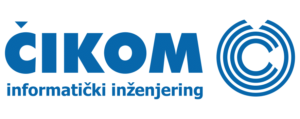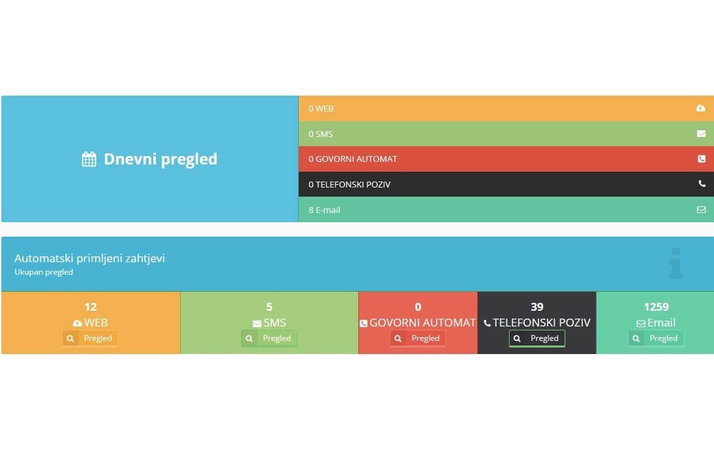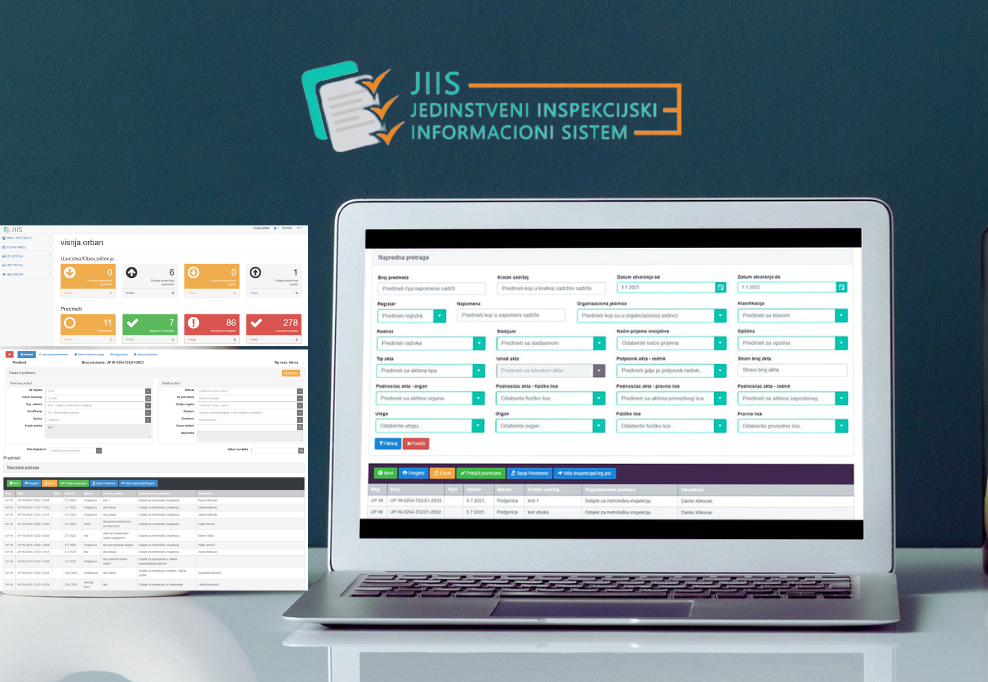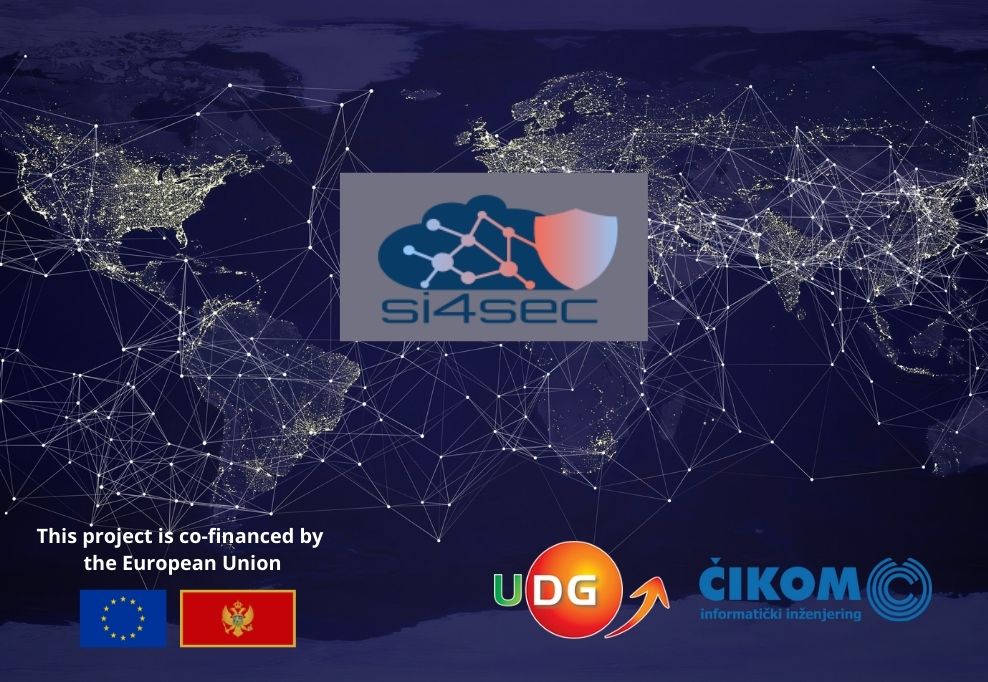User Communication System,UCS, is a set of integrated software and hardware modules that enable interactive communication of local governments and economic systems with service users (citizens).
User Communication System(UCS) enables, in addition to the registration of initiatives, their initial processing and initiation of resolution procedures, but also feedback to citizens on the status of initiatives. In order to increase transparency and quality of work of local governments and economic systems, in UCS response to user requests, problems or initiatives arrives within 48 hours.
In SKK, it is possible to set surveys on the degree of satisfaction of users, which raises the quality and reputation of economic systems and local governments to a higher level.
UCS is an application used by dispatchers and its integrated with the hardware components of the module for accepting citizens' initiatives with Call Center support.
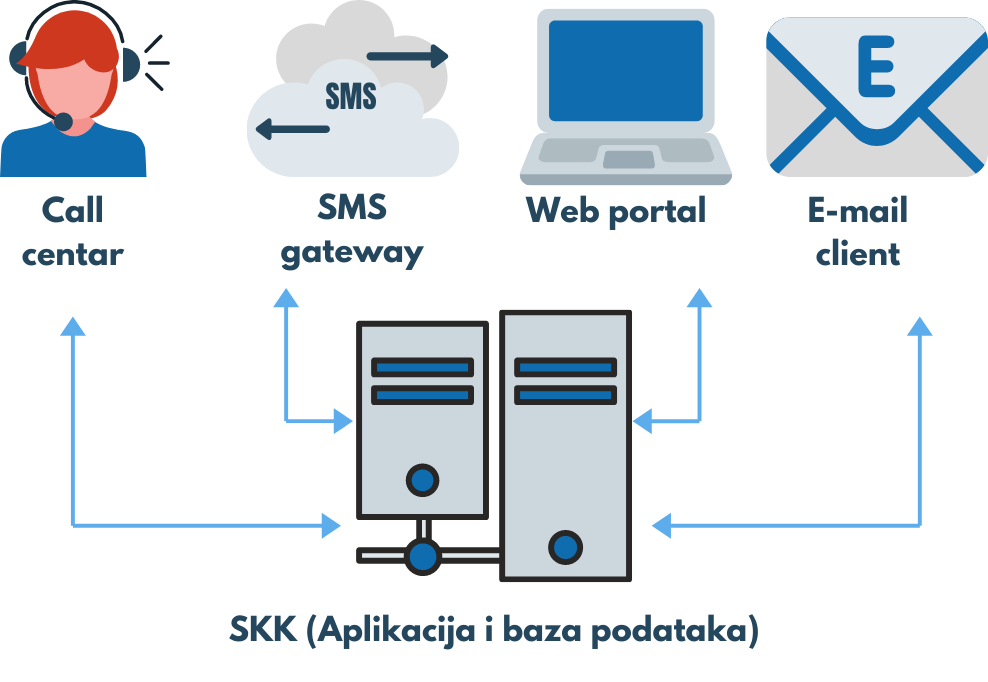
UCS has the possibility of accepting information via:
- Phone (special number)
- Voicemail (special number for these purposes)
- SMS service with appropriate gateway settings
- E-mail (specially defined for these purposes)
- Web services (web app for submitting requests)
- In person through the Civic Bureau
Receiving and processing of initiatives
Some of the main functionalities of UCS:
- Reception of all citizens' initiatives
- with basic information about the applicant (if available)
- information on the subjects against which the initiative or application is launched
- the way of preferred communication with the submitter of the initiative
- date and time of submission
- video or audio recording
- the ability to listen to audio recordings and connecting the application with PBX
- Filing of citizens' initiatives (depending on the method of receiving the initiative, there are also different ways of filing all received initiatives):
- By phone - the contents of the recording of the incoming call are listened to
- Putem govornog automata – preslušava sadržaj snimka sa govornog automata
- Via SMS service - initiative is submitted based on content of the sms
- Via e-mail - initiative is submitted based on the content of the e-mail
- Via Web service - initiative is submitted based on the data entered through a web form . Some of the data that is entered: Description of the problem, location, address of the problem, type of request, submitter,
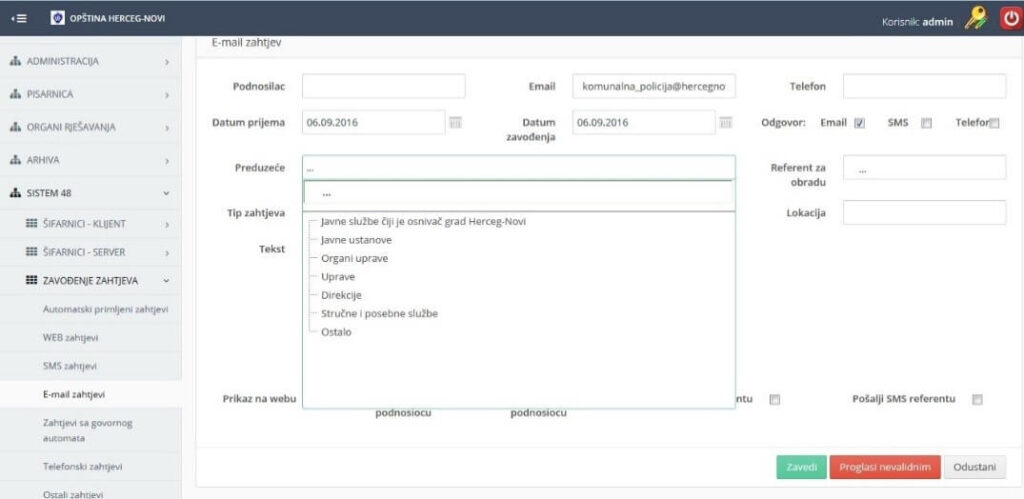
- Processing of filed initiatives is done:
- Through the form for modification and presentation of all initiatives with the following data:
- Phone
- Date of receipt
- Date of filing
- Response method (email, sms, phone, or the ability to select multiple options at once)
- Address of the problem - the company that will process the registered initiative, problem, application
- Processing Officer (with information on the current workload of the clerk in terms of the number of requests currently being processed)
- Type of request
- Place
- Location
- Request text - Description of the issue
- Picture
- Status
- Submitter
- Reception method
- Possibility to print request covers
- Setting processing deadlines, with the possibility of changing the status with an explanation
- Sending a response to the applicant via e-mail, SMS or both at the same time
- Subsequent connection to incoming calls and recordings from the answering machine that relate to the same request
- Connecting to outgoing calls to the submitter
- Search of all requests by different criteria: submitter, method of receipt, processing deadline, status, location, place, address of the problem, type of request, clerk, email, phone, date of filing
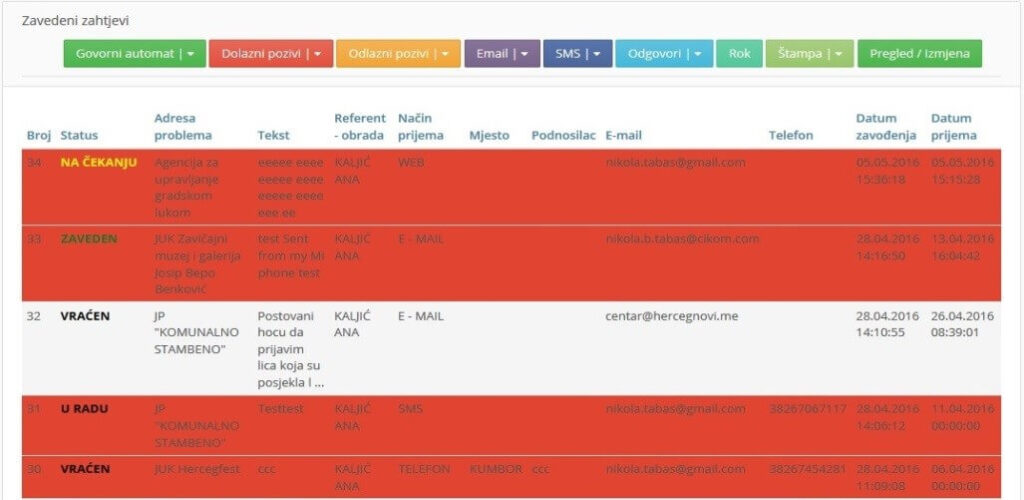
Each filed initiative in UCS has its own status based on which all changes to an initiative are monitored. Some of the statuses that exist in the system are:
- Filed
- In progress
- Resolved
- Returned
- On hold
- Imprecise
- Incompetent
- Administrative procedure
- INV - in preparation
- INV – PLAN – current year
- INV - NOT A PLAN
- Invalid
Reports
UCS due to the complexity of the processes that take place in it, which relate to the interaction with service users (citizens), has implemented different types of criteria on the basis of which types of reports are generated. Reports can be generated on a daily, monthly, periodic and annual basis. Each of the reports can be printed and saved in PDF, Excel, Word formats.
Filtering of reports is made by following criteria:
- Submitter
- Reception method
- Deadline
- Status
- Problem address - the company that will handle the problem
- Processing clerk
- The clerk who seduced the problem
- Type of request
- Place
- Location
- Request text - problem description
- No answer
- Phone
- Date of filing
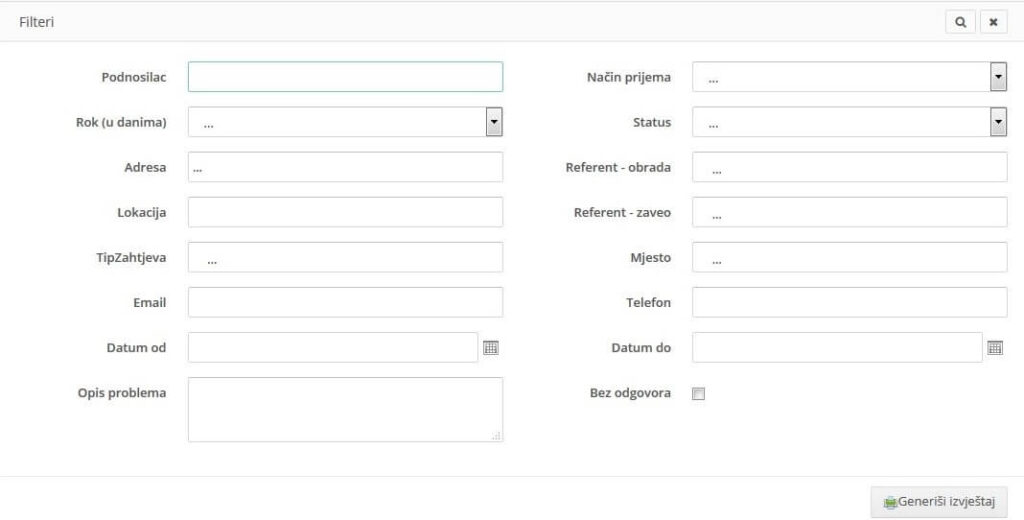
UCS enhances the reputation and position of local self-government, but also of any business entity and thus enables the improvement of the business, attracting investments and creating new jobs. Some of the significant benefits gained from the introduction of the UCS are:
- More transparent work of local governments, economic systems, and other organizations
- More efficient coordination of work with other institutions
- Better interaction with service users - citizens
- Insight into the most common problems that are reported, and thus fast and long-term resolution of alarming issues
- More efficient long term workflow planning
- Analytical data processing
- Centralized reporting of all problems
- Quick problem resolution
- Reduced citizen dissatisfaction
- Bolja komunikacija građana sa preduzećima, upravama, direkcijama
Technologies used
- ASP.NET Web Forms, UI for ASP.NET Ajax – Telerik, WCF ( Windows Communications Foundation).
- Programming languages: C#, javascript (jquery library)
- Design: html 5, CSS3, bootstrap framework
- Data model: Entiity Framework
- Database server: Microsoft SQL Server
- Windows and Linux webservers
